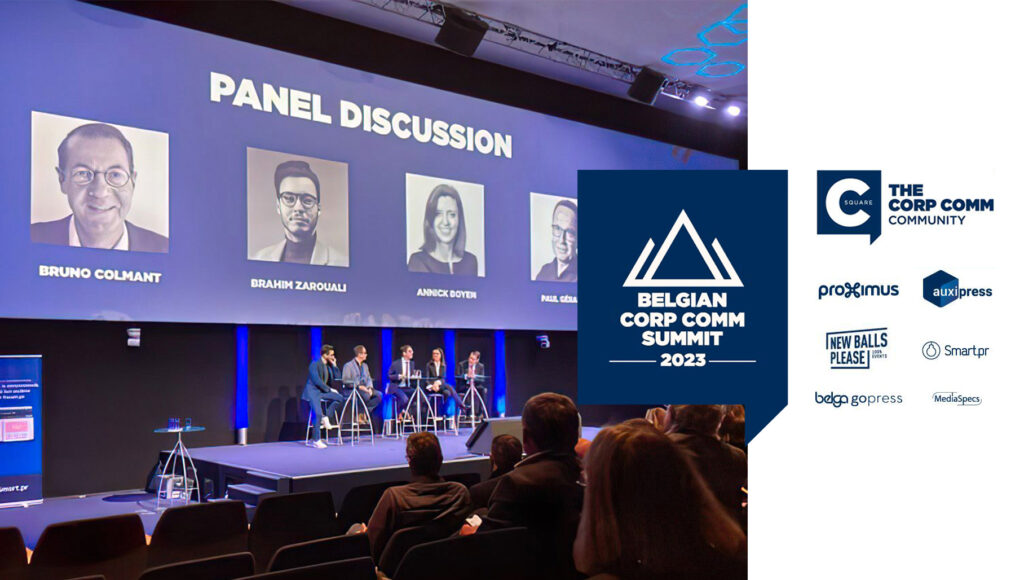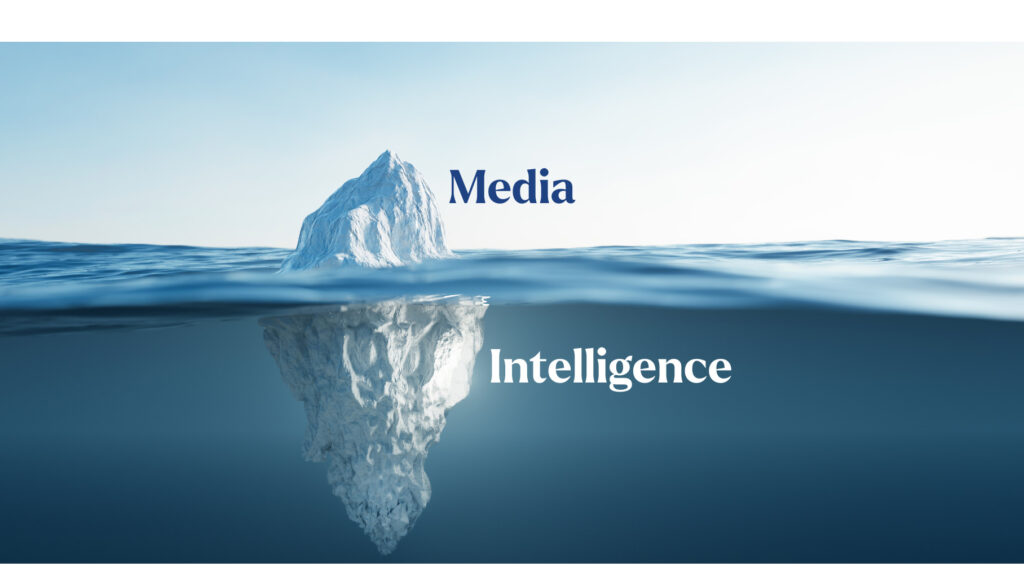In a world where information overload is all-pervasive and the audience is constantly being solicited, it is becoming increasingly more difficult to set up a successful ad or communication campaign. This explains why influencer marketing has been continuously gaining momentum among small and larger advertisers, as already analysed in a former article. [insérer lien article].
Incidentally, influencers play a significant role in today’s society. They are now trusted and have a good reputation among individuals and brands. This evolution enabled them to get their message through efficiently and often offer a considerable boost to some products’ success.
A MédiaKix study conducted in 2019 reveals that 89% of marketing professionals believe the ROI of influence marketing is equal to or higher than that created by other channels.
From these observations arises the following question: How can one identify the most relevant influencers for a given campaign? To make the right choice, it is crucial to understand the difference between micro and macro influencers.
Macro influencers
The macro influencers’ main feature is their number of subscribers. We are talking about individuals with hundreds of thousands, sometimes more, followers on social networks. This sheer size results in massive visibility and constant views on the websites of partner brands.
Working with macro influencers enables brands to gain considerable reach in no time. It is usually more professional to work with macro influencers because it has become their main profession or they are supported by a team, whereas micro influencers are most often on their own.
That being said, the engagement rate of those influencers is not always proportional to their network’s size. Their posts can rapidly go viral but deliver very little in the long term. Another drawback of macro influencers is their credibility in the eyes of the target audience. Celebrity marketing can be useful if smartly used.
One ought to keep in mind that some influencers’ credibility is nothing to write home about. In such cases, celebrity marketing needs to be carefully used and the celebrity-product link must be well-thought-out. The success of marketing campaigns often relies on the emotional bond between the famous person and the consumer.
*Reach and other concepts related to influencer marketing are explained in a previous article: How to measure the impact of an influencer marketing campaign ?
Micro influencers
Micro influencers generally have a community ranging from 1,000 to 30,000 subscribers. Though their reach is less impressive than that of the macro influencers, they are closer to their community, which often translates into a higher engagement rate.
Micro influencers develop a closer relationship to Internet users, which enhanced the confidence the subscribers have in the influencers’ comments and promotional messages. Micro influencers entail a portion of social homophily because of the feeling of proximity which boosts the impact on consumption. These elements are part of the so-called Tie Strength, a very robust relation between follower and influencer which fuels the power of this type of marketing.
We are witnessing a preference switch among brands which increasingly more often turn to micro influencers. On average, they generate seven times more engagement than macro influencers. Despite a less impressive subscriber database, the true interest in the content results in followers being more prone to purchase what is marketed by the post, even though it is sponsored. According to a study conducted by Collective Bias, only 3% of the customers would consider buying goods sponsored by a macro influencer or a celebrity, while this proportion soars to 30% when it is sponsored by a micro influencer.
It is, therefore, more advantageous for a brand to partner up with micro influencers since they are, most of the time, passionate and knowledgeable people in a given area. The odds of nailing it on the head are higher, which is a genuine asset for brands seeking more engaged communities, a better targeted audience and influencers who are trustworthy purchase recommenders.
Ultimately, influencer marketing is always a good option for a brand both from a profitability and an economic point of view, regardless of the main objective: reaching a new audience, mobilising users, enhance brand reputation or improve the sales conversion rate.











